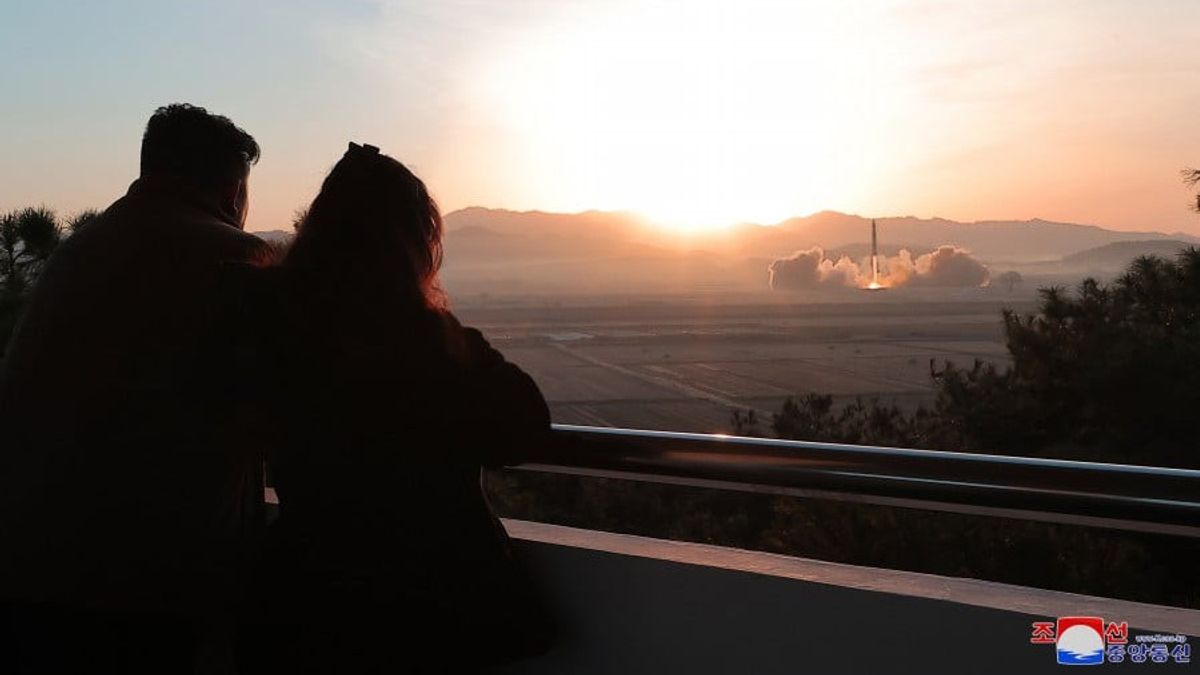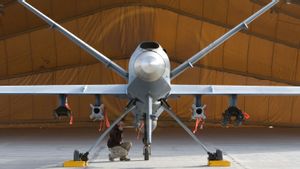North Korea said the missile launched last Thursday was the country's largest intercontinental ballistic missile (ICBM), a firm stance on South Korea's military exercises with the United States, overseen directly by the country's leaders.
Photographs released on Friday by North Korean state media showed Kim Jong-un watching the launch with his daughter, and including photos from the sky that appeared to be taken by a missile-mounted camera.
North Korea fired an ICBM into the sea between the Korean Peninsula and Japan on Thursday, hours before the South Korean President flew to Tokyo to attend a summit discussing ways to counter North Korea's nuclear weapons.
"This strategic arms launch exercise is an opportunity to provide a stronger warning to enemies, who deliberately escalate tensions on the Korean Peninsula and continue to carry out irresponsible and reckless military threats," the KCNA government news agency said.
North Korea's ballistic missiles are prohibited based on UN Security Council resolutions. Its launch drew criticism from governments in Seoul, Washington, and Tokyo.
South Korean and US forces began a joint 11-day exercise, dubbed "Freedom Shield 23", on Monday, which was held on an unprecedented scale since 2017, to deal with Pyongyang's growing threat.
Leader Kim accused the United States and South Korea of escalating tensions with these military exercises.
He "enforces the need to cause fear of the enemy, truly prevents war and guarantees the peaceful life of our people and their struggle for socialist development by strengthening the barrier to nuclear war permanently," the KCNA report said.
Separately, China, which has a defense pact with North Korea, also blamed the United States for the current tensions, saying it was caused by Washington's efforts to increase pressure on Pyongyang.
The Hwasong-17 is North Korea's largest missile, and is a liquid-fueled ICBM that can move on its track and the largest in the world.
This missile is believed to have the range that has the potential to deliver nuclear warheads to targets anywhere in the United States.
The missile was launched from Pyongyang airport, with KCNA saying that the missile hit a maximum altitude of 6,045 km (3,756 miles) and flew as far as 1,000 km (621 miles) for more than 69 minutes, before finally falling into the high seas. The launch poses no security threats to neighboring countries, the report said.
The English, Chinese, Japanese, Arabic, and French versions are automatically generated by the AI. So there may still be inaccuracies in translating, please always see Indonesian as our main language. (system supported by DigitalSiber.id)













